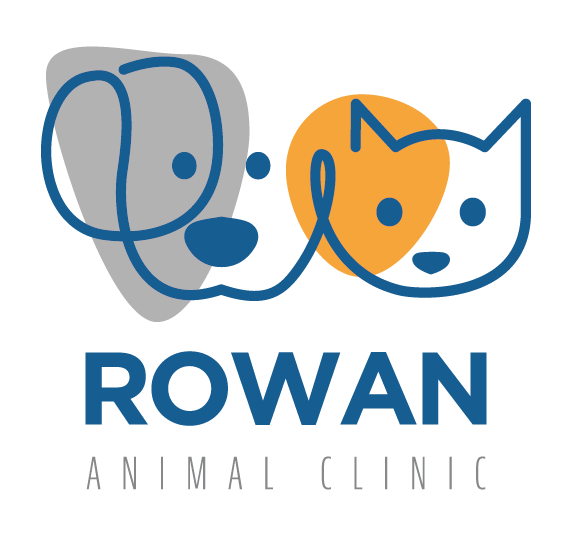Saying Goodbye to a Beloved Pet
Quality of Life Assessment: Deciding When the Time is Right
The decision of when to say goodbye to a beloved pet is as individual and personal as you and your pet are. Many people fear they will not be able to recognize when the time is right. Do not hesitate to seek guidance from your veterinarian. It is good to include family members or friends who share a close bond with your pet in the decision-making process. This is a time when you will need the support of those who truly understand.
Some important things to take into consideration, contemplating this decision may be:
- Does my pet still seem to enjoy life?
- Is he/she able to carry out normal body functions as before — eating, walking, and eliminating?
- Is my pet in pain?
- What is the medical prognosis?
- What are the treatment options?
- Will they create an uncomfortable quality of life?
In making the final decision it may be helpful to weigh the good days versus the bad days. When the bad override the good, it probably is the right time.
What is Euthanasia?
Euthanasia is a peaceful and virtually pain-free process of allowing your pet to pass on gently. However, it is best to understand what will occur and how your pet’s body may react. Knowing these things may help you make your decision regarding euthanasia, and make the process less traumatic for you. Euthanasia is one of the most difficult decisions anyone can ever make for a pet who is a beloved companion. We encourage you to discuss this process and address any questions or concerns with your veterinarian to help you in making this decision. We understand that this is a difficult decision and our dedicated and compassionate staff are available to help you during this time.
What to Expect
We have a private room with a private exit where you can spend some quality time with your pet prior to euthanasia.
To perform the euthanasia, first, a catheter or needle will be inserted into a vein in your pet’s front or back leg. If your pet has been very sick or has had many intravenous injections, it may take a little time for the veterinarian to find the best location. Some veterinarians may then inject a drug into the vein which will place your pet in a state of relaxation. The actual drug used to perform the euthanasia is a concentrated solution of pentobarbital, which will also be injected into the vein. In most cases, the injection works very rapidly (5 seconds). The injection causes the heart to stop beating.
In some cases, the pet’s muscles may relax or contract after the pet has died. This can be very disconcerting if you are not aware of this possibility ahead of time. The muscles of the urinary bladder and the anus may relax, and your pet may void urine and stool. Involuntary contractions of muscles may result in the pet appearing to gasp or move a leg. Again, remember your pet is not aware of these things happening since they happen after your pet has passed.
Making an Appointment
We encourage you to consider the time of day and the day of the week; you will need time before and after to deal with your emotions.
The euthanasia procedure is done at the veterinarian’s office. Euthanasia is normally a quick, peaceful, and should be a virtually pain-free procedure for your pet, regardless of where it is performed.
Saying Goodbye
People say good-bye to their pets in many ways and at different times during the euthanasia process. You may be present for the process and decide to do this before your pet enters the room, or just prior to the procedure. Some people say goodbye in the room before and then leave before the process is completed. As emotionally difficult as this process is, most pet owners feel they need to be present the entire time, hold their pet, and say their farewells during the euthanasia procedure. Most people spend private time with their pets before, as well as after. We encourage you to bring family members and/or close friends for support during this difficult time.
After Care
There are several options for aftercare for your pet’s body. Cremation or burial is the most common preferences. More unconventional options, such as taxidermy or freeze-drying are available. We encourage you to research these options before making this decision. Our office uses Good Shepherd Pet Services located in Charlotte, NC.
Private Cremation: Your pet is cremated individually and the ashes are returned to you in a special urn usually within 2 weeks. This option enables you to keep your pet’s ashes in an urn or other special container in your home, bury them — or even scatter them later, in a location that will be meaningful to you and there is no time pressure on you to make any of these decisions.
Communal Cremation: Your pet will be cremated with other pets and the ashes will be spread on a private plot owned by Good Shepherd Pet Services located in South Carolina.
Burial at Home: This option is preferred by many, but may not be practical, or permitted, in your area.

